Cecil the lion death: White men go to Africa to prove their manhood – but at a cost
'It’s like a bar mitzvah - when you go deer hunting, they start to look at you as a man and you feel like a man'
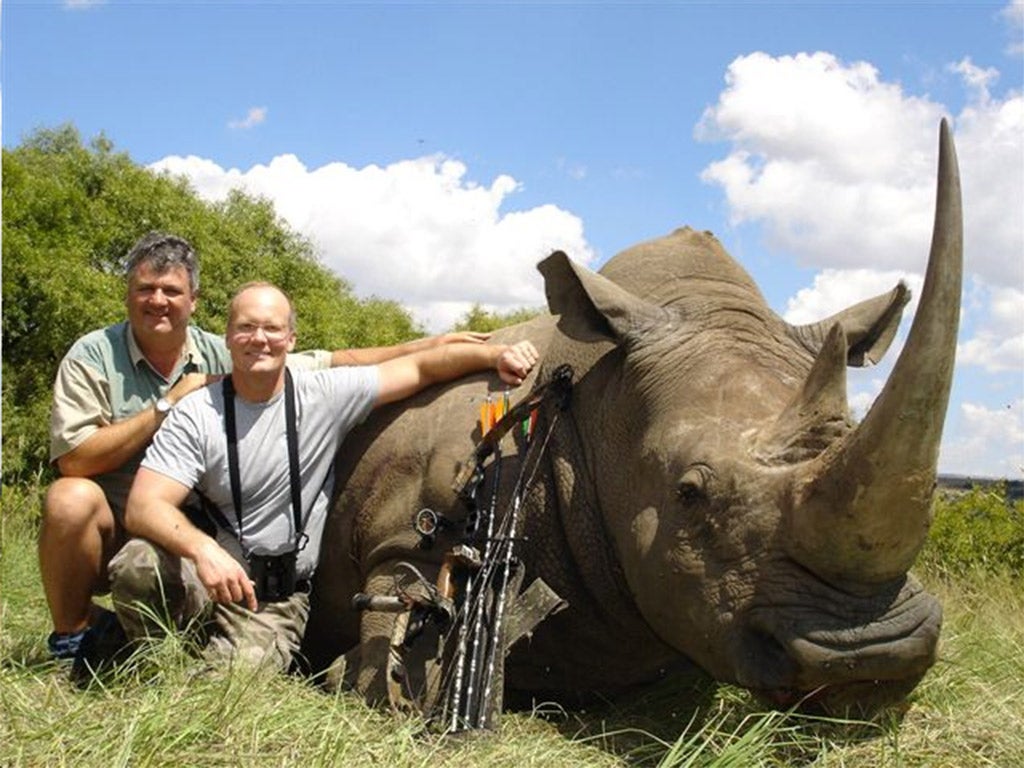
The death of Cecil the Zimbabwean lion has shone the spotlight on the lucrative business of trophy game hunting – but is there any more to this $200m (£156m) industry than the desire of rich white men to demonstrate their machismo?
There were 16,000 game hunts in Namibia alone last year, while about 600 lion “trophies” were shipped out of Africa – about half of them to the US. A 10-day “elephant package” can cost up to $36,000, while one hunter recently handed over $350,000 at a Dallas auction for the right to kill a single endangered black rhino in Namibia and take it home to the US.
Campaign groups were quick to dismiss the motivations behind such hunts, saying hunters’ behaviour amounted to little more than a pathetic attempt to prove their manhood.
“It is people who have considerable disposable income and would appear to want to cleave to the old hunter-gatherer type – ‘macho male goes out and proves his virility by killing the biggest and baddest animal that he can point his gun or bow at’,” said Will Travers, co-founder of the Born Free wildlife charity.
But it is the job of anti-hunt campaigners to rubbish hunters motivations. Could there be more to the kind of infamous trophy photographs involving leopards, elephants and bulls taken by Donald Trump’s proud sons, Donald Junior and Eric, a few years back, than this simplistic depiction?
A Michigan State University study of photographs of 803 hunters with their trophies used in 14 magazines found the hunting to be an overwhelmingly white, male pursuit. It challenged the argument often made by hunters that they are bonding with and appreciating nature’s beauty, and supports suggestions that it is primarily related to proving manhood.
“Instead of love and respect for nature and wildlife, we found extreme objectification and marginalisation of animal bodies, with severed deer heads and cut-off antlers representative examples of the contradiction in the love-of-nature hunting stereotype,” said the study by the researchers Professor Linda Kalof and Dr Amy Fitzgerald.
“The vast majority of the hunters in the images were white males, and when women or men of colour were included their representations were usually consistent with gender and race stereotypes,” they added – with women typically “striking poses of confusion or helplessness” in photos often focusing on their clothing and appearance.
Meanwhile, the 2 per cent of hunters identified as non-white men were primarily portrayed as guides or assistants and none was shown holding a weapon, according to the research.
Asked by The Independent to summarise her thoughts on the motivation of trophy hunters, Professor Kalof, a sociologist and director of animal studies at Michigan State University, said: “The ‘sport’ is infused with power and masculinity, the need to prove oneself by killing large, dangerous animals.
“This goes back to antiquity when kings had fake hunts with captured lions, released just to be shot from a chariot by the waiting king. The public were witness to the kill, which validated the king’s power. The trophy hunt of today is similarly a display of power and control by wealthy men,” she said.”
Hunting in the US typically involves more young people than the African trophy hunts because it costs much less. But in other ways, the motivation is the same. “It’s like a bar mitzvah. When you go deer hunting, they start to look at you as a man and you feel like a man,” teenager Todd Dennis told the Los Angeles Times.
Another study, conducted in 1974, also suggested hunting was primarily a male-bonding exercise. “Urban hunters seemed to enjoy companionship as much as actually hunting deer,” according to research by James Kennedy, then professor at Utah State University.
Some 75 per cent of hunters he surveyed in Virginia would prefer hunting with companions in an area with only a 10 per cent chance of killing a deer, to hunting alone with a 50 per cent chance, suggesting the activity is primarily a pretext for more fundamental rituals, Professor Kennedy found.
Hunters often use the argument that their activities boost conservation, generating income that keeps the national parks running and safeguards populations of large animals. But campaigners dismiss that idea, and play down suggestions that it benefits the economy. They point to a report from the environmental economics consultancy Economists at Large which found that trophy hunting revenue accounts for no more than 0.27 per cent of GDP in any of the nine countries it investigated, while only 3 per cent of the money it generates trickles down to rural communities.

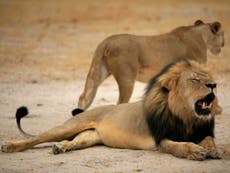
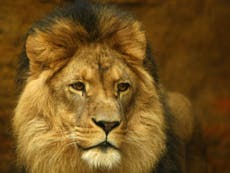
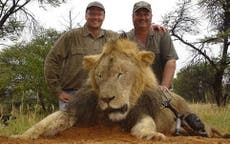
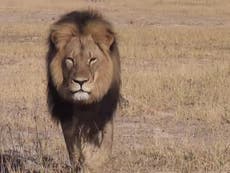

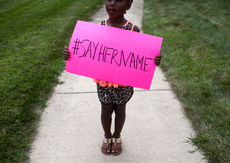
Join our commenting forum
Join thought-provoking conversations, follow other Independent readers and see their replies